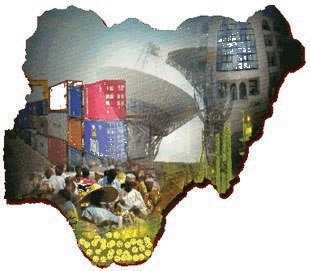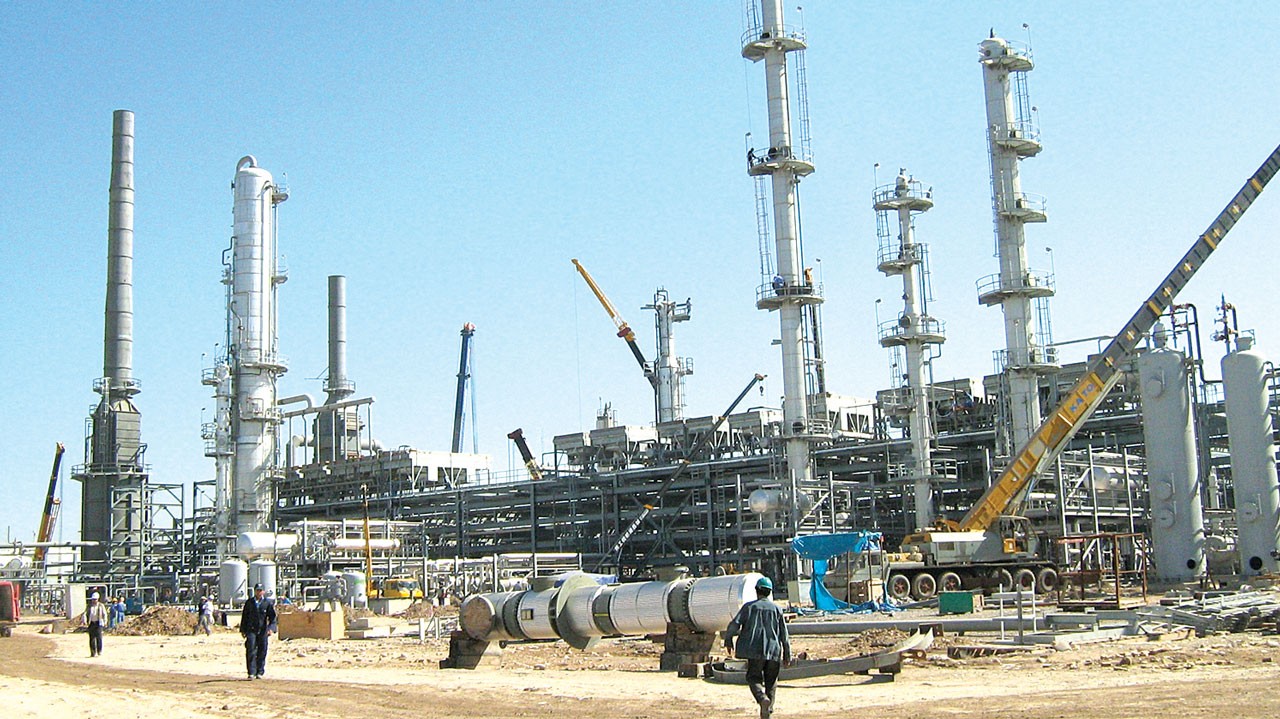The Environmental in Nigeria
According to the World Bank (2020), 83.9% of urban residents and 24.6% of rural residents have access to electricity, making up 55.4% of the population. Nigeria produces 78.1% of its energy from fossil fuels.
As of 2020, 23.7% of the land area is Forest. 37.3% of the land area was reported in 2018 as arable land, permanent crops made up 0.3%, and permanent pasture, 69.2% combined to 75.9% of land area as agricultural land.
International environmental agreements: Biodiversity, Climate Change, Climate Change-Kyoto Protocol, Climate Change-Paris Agreement, Comprehensive Nuclear Test Ban, Desertification, Endangered Species, Hazardous Wastes, Law of the Sea, Marine Dumping-London Convention, Marine Dumping-London Protocol, Marine Life Conservation, Nuclear Test Ban, Ozone Layer Protection, Ship Pollution, Wetlands.
As of 2017, Annual freshwater withdrawals were 12.4 billion cubic meters with 1.965 billion for industrial use, 5 billion for municipal use, and 5.51 billion for agricultural.
Lake Chad’s evaporation exposed dry land, only Nigeria and Cameroon have heeded the Lake Chad Commission’s admonition to ratify the delimitation treaty.

Nigeria's climate is varies
Equatorial in south, tropical in center, arid in north.
- The Urban population in 2022 is 53.5% of the total population with an estimated 3.92% annual rate of urbanization change between 2020-2025.
- Co2 emissions for Nigeria in 2020 were 0.61 metric tons per capita which are below the continent’s average of roughly 1 metric ton per capita(2020). In absolute terms, Nigeria ranked 4th emitting 130.670 million metric tons of CO2 emissions in Africa in 2020.

- Serious overpopulation and rapid urbanization have led to numerous environmental problems; urban air and water pollution; rapid deforestation; soil degradation; loss of arable land; oil pollution – water, air, and soil have suffered serious damage from oil spills.
- As of August 2022, Nigeria reported a total of 56.1 million covid cases with 17.3% of the population with at least one covid vaccine dose


